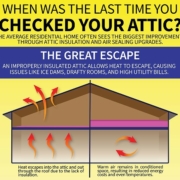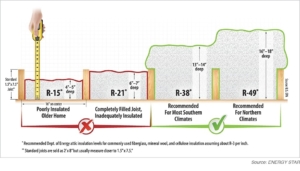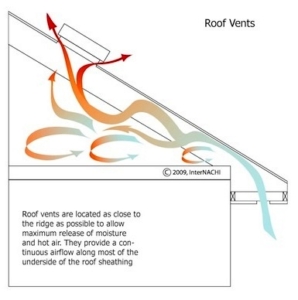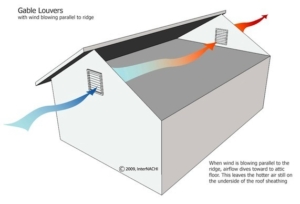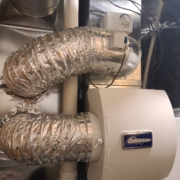Spring Home Maintenance
As another season changes and the beautiful warmer weather approaches, it is time to start preparing your home for the warm Spring weather. Below are a few common items to consider as the temperatures change conditions around your home. These can be performed anually
Heating and Cooling
After a long Winter of furnace operation, it is a great idea to consider filter replacement, duct cleaning and even servicing the furnace. Good Home Maintenance practice should have Furnace Filters changed every 3 months. This should provide a cleaner air supply for your home.
You may consider duct cleaning, especially if you have an Air Conditioning unit installed. Dust and particulates can continue to gather in the ductwork within your home, so cleaning ducts is a good idea to be done regularly, ideally annually.
You may consider having your Furnace Serviced. Depending on the age of your furnace. Furnace 8-10 years or older, you should have this serviced annually to help prolong the life of the appliance. Furnaces less than 8-10 years old can be serviced every 2 years.
If you have an Air Conditioning Unit, Spring is the time to have these appliances serviced before the warmer Summer weather begins.
If you have a Humidifier installed in the Furnace, it is a good idea to change the setting from Winter to Summer. Check the filter inside and look for mineral deposit build-up. These filters are typically easy to replace, but if you are uncomfortable with this, you can have an HVAC Professional service these also.
Exterior Faucets
Now that the freezing temperatures are gone and warmer temperatures approach, you can turn on the exterior Hose Bibs. These typically are controlled by a shut-off valve in the Mechanical Room of your home, however, they are sometimes located in odd areas in older homes. These can be turned on, and check for any drips or leaks after operating for the first time.
Roof
Check your Roof for overall condition. After the snow, then warmer temperatures increase, this melts and excessive moisture runs off the Roof. Look for odd drips or leaks around the home. Ensure downspouts are pointing away from the home and are in good condition. Consider having a Professional Roofing Contractor advise you if anything looks deficient.
Grading
As a general rule, grading should be sloping 6 inches within the first 10 feet of your home. This helps to shed any moisture away from your home and minimizes any potential moisture intrusion in the foundation of your Home.
Walkways
We often see gaps in walkways during our Home Inspections. This can lead to moisture intrusion and when this moisture freezes, it can heave walkways. Concrete walkways can be easily sealed with an appropriate Concrete Sealant where the walkway meets the wall and also in any larger cracks in concrete.


